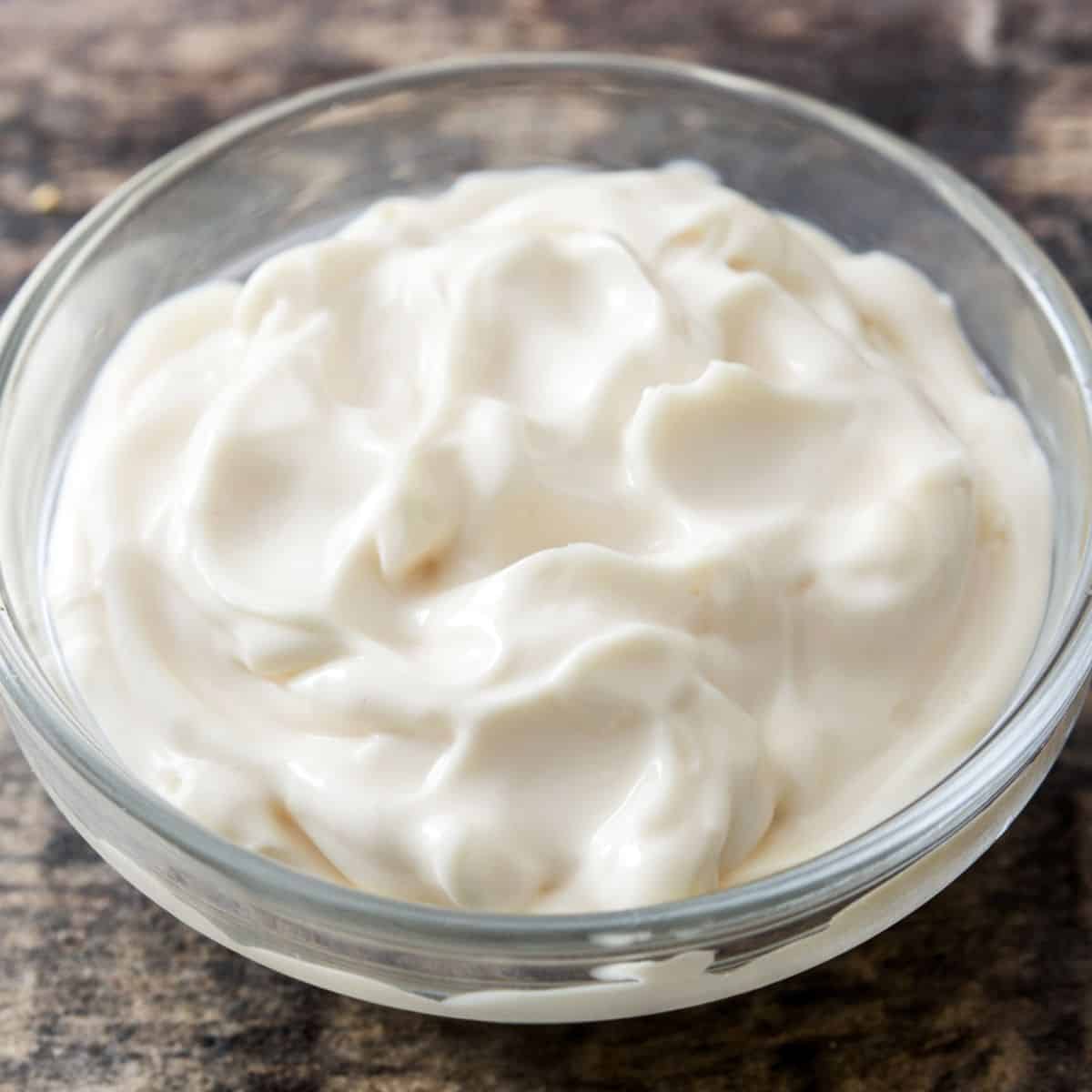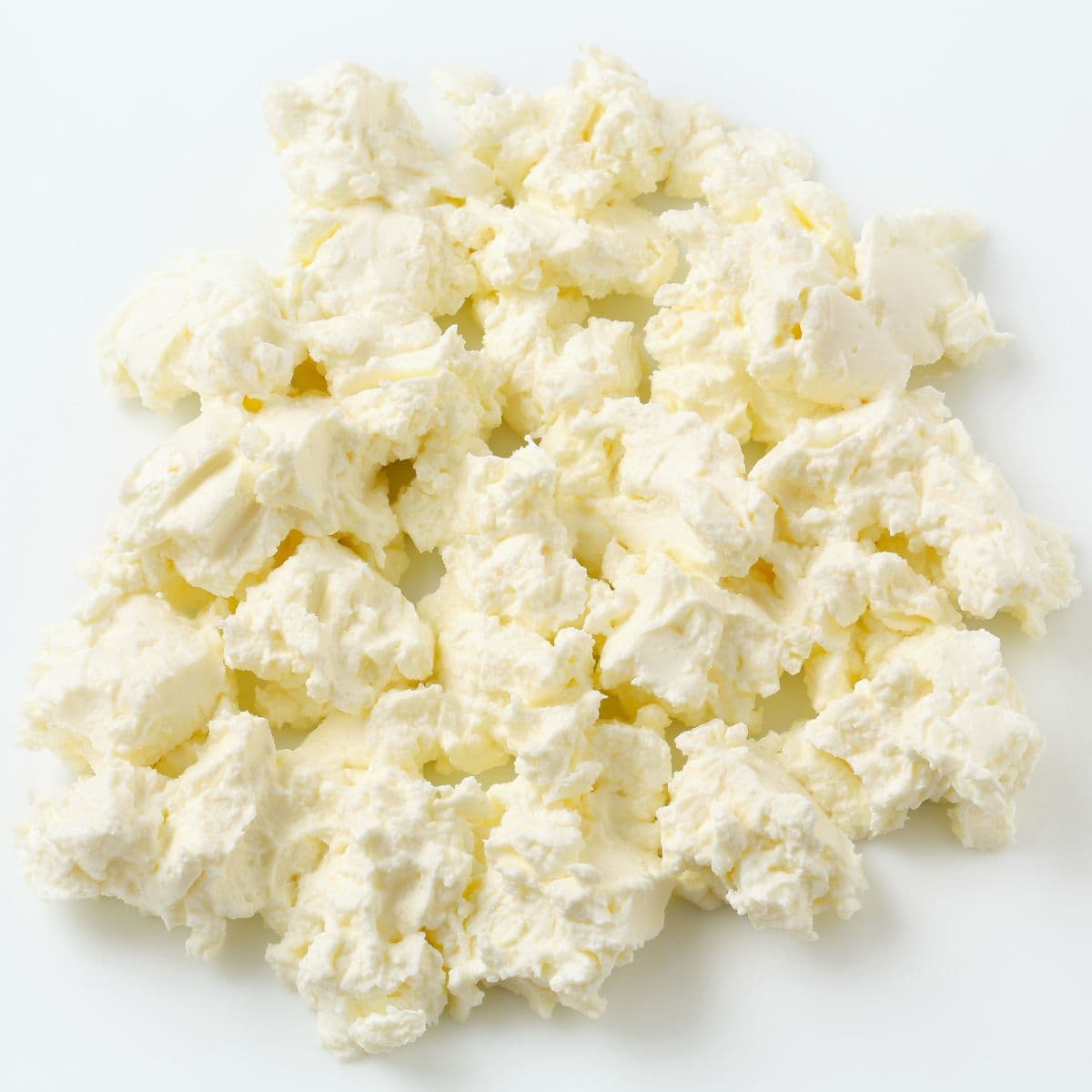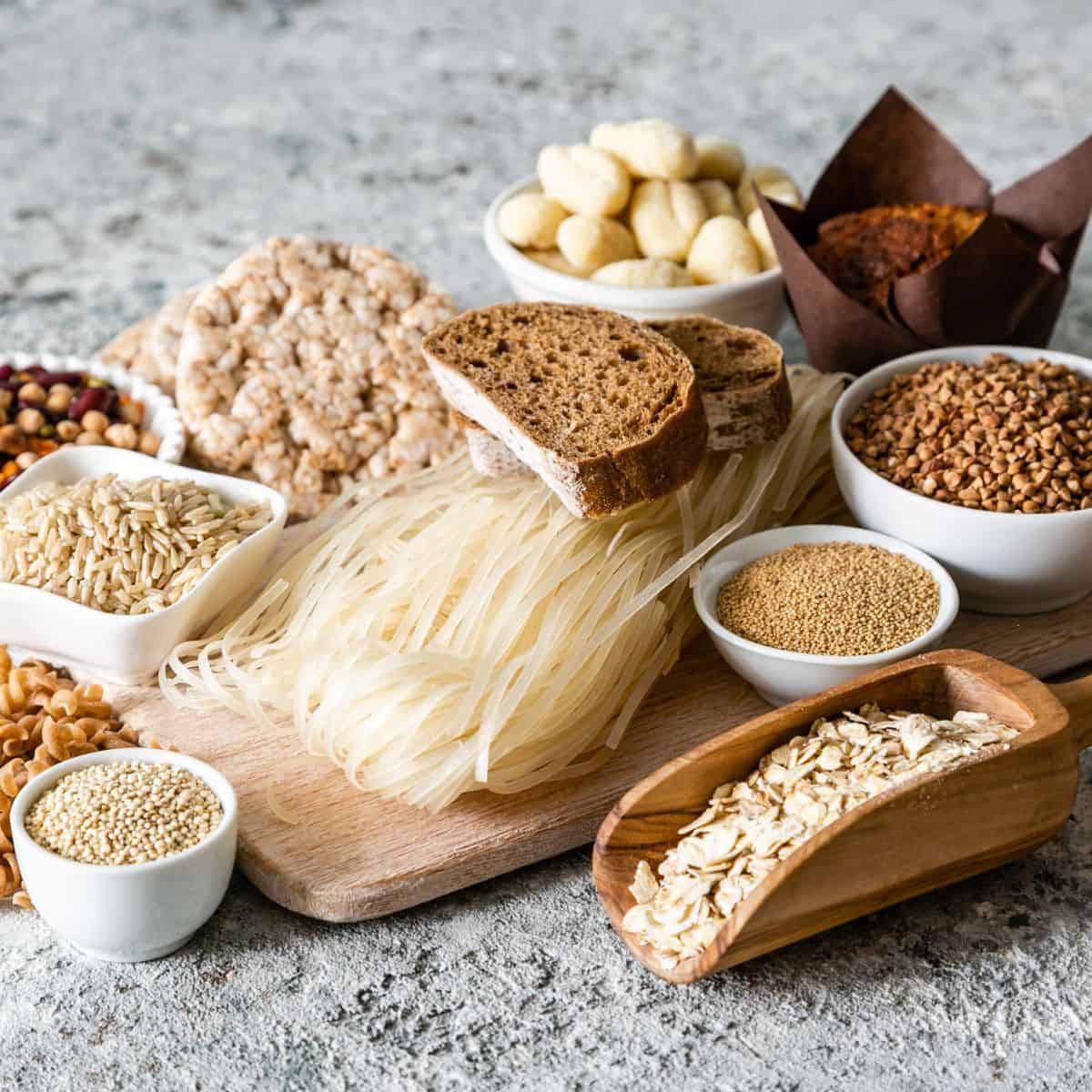Whether planning to improve your overall health or want to cook healthier options, going on a diet may be one of your best choices as a health-conscious individual. Closely monitoring your food intake can encourage weight loss and enhance energy levels. It can also help you get an increased sense of well-being.
One of the best options you can consider is a ketogenic diet. This low-carb, high-fat diet can help you lose weight and boost energy, minimizing your risk of chronic conditions. However, this routine can be open to mistakes and questions like "Is sour cream keto?" especially if you've recently begun your fitness journey.
If you want to maximize your keto journey and achieve your fitness goals, here are the mistakes newbies make on this diet and how to avoid them.
1. Not Staying Hydrated
Drinking water daily is crucial to ensuring everyone's health and avoiding dehydration. However, this good habit is especially essential when trying a keto diet because your body loses fluids and minerals. Nutritionists advise you to drink at least 64 ounces of water daily and consume even more if you still feel thirsty.
You can replenish lost electrolytes by eating potassium and magnesium-rich foods like avocado, broccoli, nuts, salmon, and spinach.
2. Neglecting Your Fiber Intake
Many people experience bloating and constipation after following a keto diet for a few days. It happens because they usually focus on consuming high-fat foods and forget the significance of fiber. You should also know that dehydration can worsen constipation, which can cause even more digestive problems.
Moreover, while eating fiber-rich foods like whole grains, beans, and fruit can help, remember that they can be high in carbohydrates. For this reason, you should find alternative ways to consume enough fiber, like artichokes, broccoli, and Brussels sprouts. Don't forget to drink enough water too!
3. Only Eating Meat
A common misconception beginners assume is that keto diets mean consuming proteins only. Unfortunately, that's untrue because this diet focuses on eating high fat, 60 to 90% of calories, and carbohydrates comprise only five to ten percent. On the other hand, protein should make up the remaining ten to 35% percent.
Based on your macronutrient requirements, you can enjoy a healthy keto meal by consuming three to four ounces of protein like lean beef, fish, or pork. You should also use butter or oil for cooking your food. Moreover, have ½ cup of non-starchy vegetables like broccoli, leafy greens, or cauliflower and a few servings of healthy fats like avocado, olive oil, or coconut oil.
4. Not Eating Enough Salt
When your body is in ketosis, your body eliminates sodium through urine, so you must always maintain adequate sodium levels. Never add extra salt to your food because most people consume enough sodium. However, if you need a sodium boost, you can try sipping some bone broth from a health food store, which tastes better than it sounds.
5. Not Consuming Enough Fats
While people usually view fats nowadays negatively, remember that this mentality isn't helpful for those on a keto diet. Fats help make up the lost calories from not consuming carbohydrates so that your metabolism and hormones remain balanced. Consuming fats also tells your body it's okay to burn fats for energy and trains it to do so effectively.
6. Eating the Wrong Fats
When trying a keto diet, eat foods like avocados, fish, nuts, seeds, and unprocessed oils like olive and coconut oil. Avoid excess meat, processed vegetable oils, and trans fats, which can increase health risks. Moreover, be vigilant with naturally occurring trans fats.
Final Remarks
Trying a keto diet can help you achieve your fitness goals, but it's only effective when you do it right. You can get the best results by drinking lots of water, educating yourself on common mistakes, and eating the right foods.
If you have questions like, "Is sour cream keto?" check out Keto Diet Yum! We have guides and delicious meal plans to help you eat healthier. Read more about our tips and recipes now!




